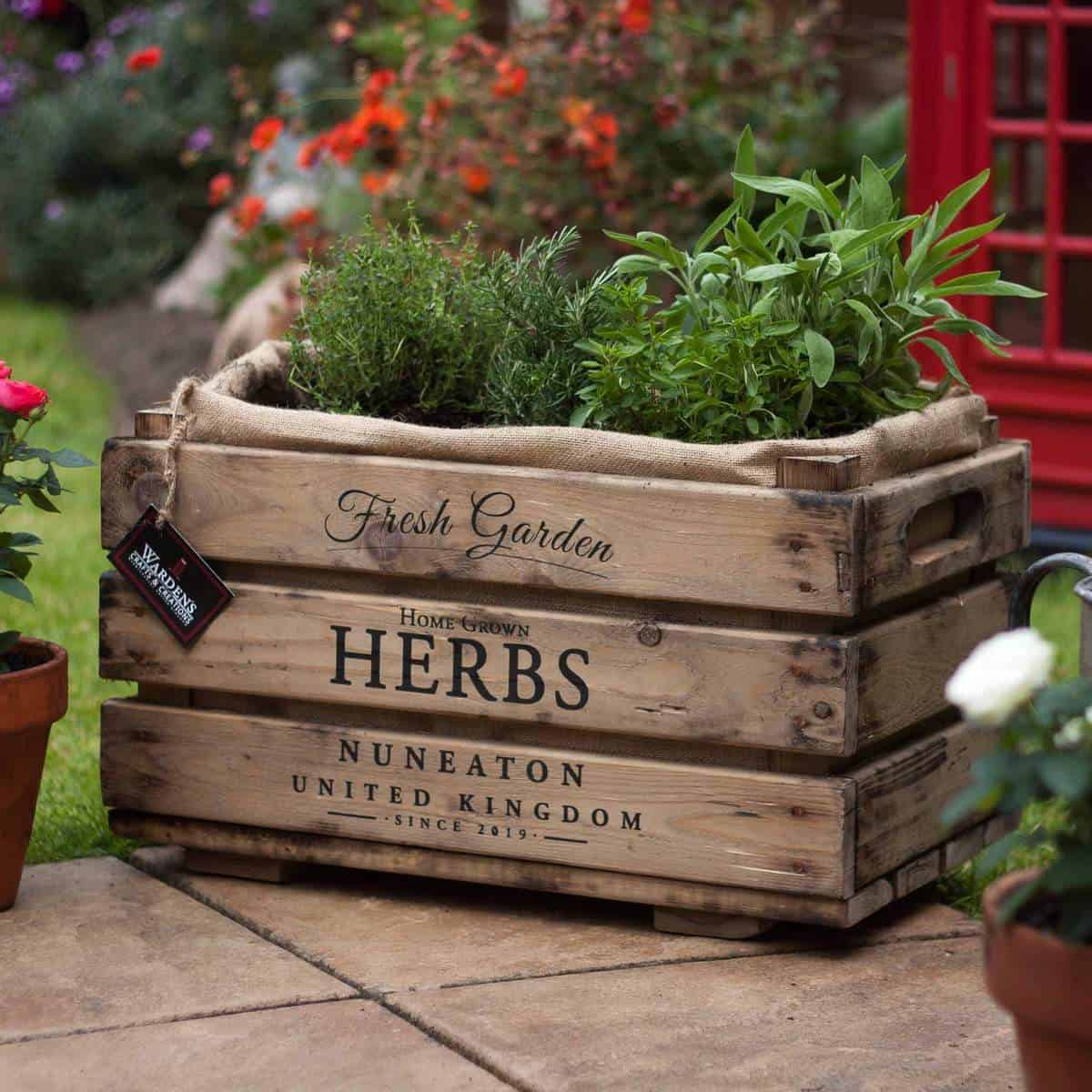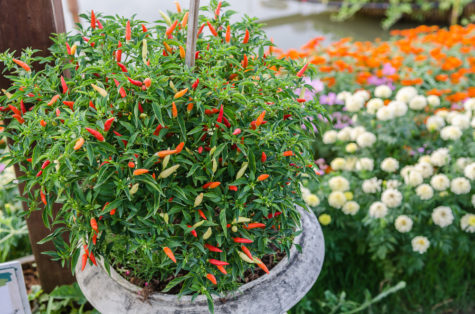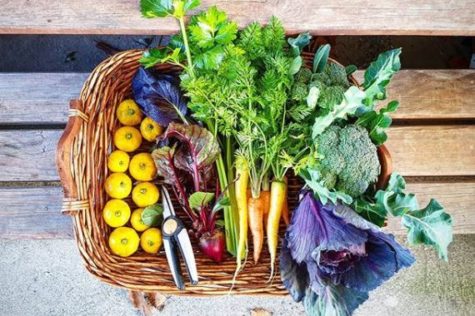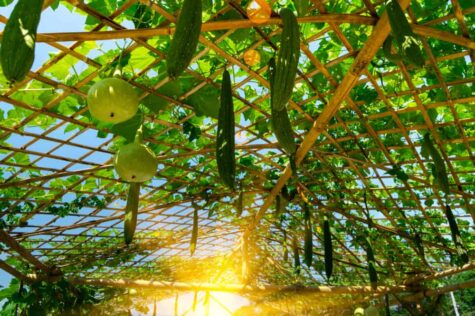High-quality soil is essential for growing healthy, strong plants. Whether you want better yields from crops, more abundant blooms from flowering plants, or to simply give your foliage a better chance against pests and diseases, the condition of your soil is a fundamental factor. Knowing how to improve your garden soil is important; keeping it in a good condition is a continuous process that needs to be worked on every season.

The basics of great garden soil
The best garden soil to support your plants will be rich in nutrients, minerals, beneficial microorganisms and organic matter. Its consistency should both absorb water and allow for drainage, support your plant while still creating room for root development and provide air circulation. Improving your soil is about understanding deficiencies in the earth that you have, and rebalancing its composition so that it can nourish your plants and support all everything growing in it.
Soil naturally ranges in consistency, from heavy and clay-based to light and sandy. Clay compacts easily, becomes waterlogged and ultimately suffocates plants. Sandy soil, on the other hand, allows moisture to drain faster than plants can absorb it. The ideal consistency is somewhere in the middle, where the soil has a loamy consistency and is rich in organic matter.
How to improve your garden soil in 6 steps
Any type of soil can be transformed into healthy garden soil with a little dedication and hard work. Improving your soil takes time and is an ongoing process. Organic matter needs to be replenished frequently to keep the cycle going. Below are seven ways you can improve garden soil.

1. Start by testing your soil
You won’t know what’s going on with your soil unless you look. Start by identifying the type of soil you have – whether it’s chalky, clay-based, sandy etc. – you can usually add some water to it and feel the consistency between your fingers. The Royal Horticultural Society has some great information on understanding soil types.
The next step is to understand the current composition and mineral balance of your soil. You can get a professional survey done, but it will be much cheaper to start with a home testing kit, which you can find at most garden centres or buy online. Soil tests will tell you about the levels of nitrogen, potassium, calcium, magnesium, phosphorus, sulphur, organic matter and lead in your garden, as well as the pH balance. Knowing this will help you understand how to improve your garden soil by boosting elements that are deficient.
It’s good practice to carry out a soil test every few years to check the balance of your soil, and that your routine for conditioning your soil is working properly.

2. Combine it with compost
The simplest thing you can do to improve your garden soil quality is to mix decomposed organic matter – compost – into your flower beds and vegetable patches. It improves the soil structure, feeds the microorganisms living in it and helps your garden earth retain nutrients and moisture, while allowing better drainage and air circulation. Compost can also neutralise your soil’s pH, and generally give your plants the support they need to fend off disease.
Compost is made from natural, carbon-based materials that have broken down – like grass clippings, coffee grounds, dried leaves, vegetable scraps and untreated cardboard. Once it’s decomposed together, the consistency of compost will create vital pockets of air in clay-based soil, and help sandier earth clump together so that plants can thrive. It will also provide organic matter for tiny organisms in the soil to consume and convert into the nutrients your plants need to feed on.
Making your own compost is a great way to sustainably manage some of your household waste. Our complete guide to composting will tell you more.

3. Mix in manure
Aged animal manure from chickens, cows, rabbits, horses and sheep will improve your soil structure, and is high in nutrients that will fertilise your soil. It’s important that you use well-rotted manure that’s at least several months old, as fresh manure can harm both plants and humans.
If you’re buying manure, it’s important that it comes from animals that haven’t been eating hay or grass covered with pesticides. These chemicals can pass through into the manure, and then remain in your soil for a long time.

4. Add a layer of mulch
Covering the surface of your garden beds with mulch is going to improve your garden soil in several ways. It’s great for helping your soil retain its moisture and keep the ground cool and, more importantly, mulch will also slowly break down to release more nutrients into the soil. Plus, mulch stifles weed growth and makes your garden look more attractive, with uniformly-mulched beds that look neat and tidy.
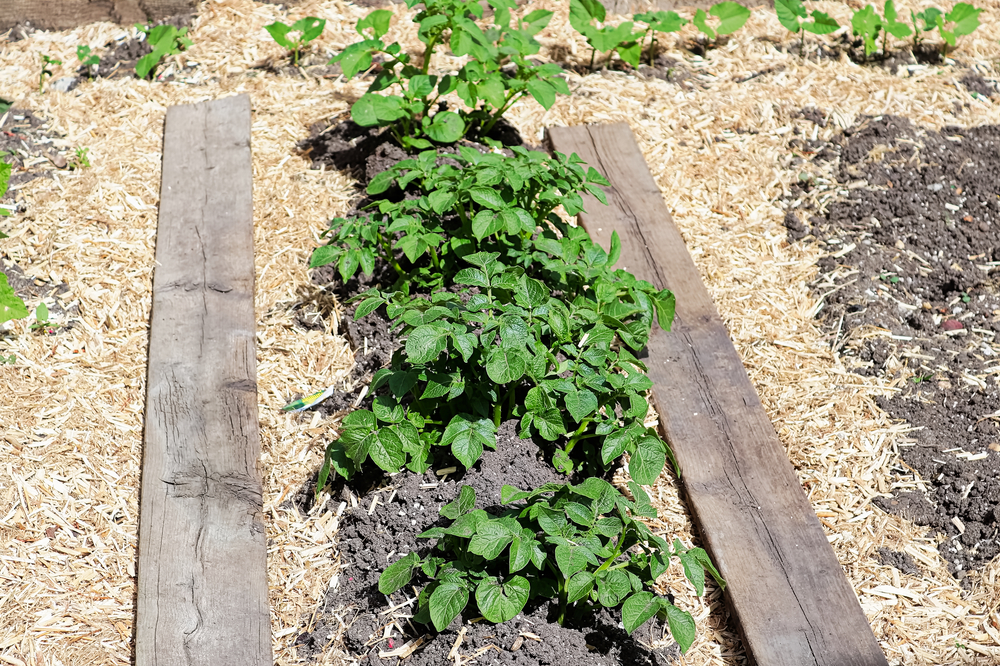
5. Keep your soil loose
Compacted soil is bad news for your garden. Not only does it limit water flow and stifle the microorganisms that create the nutrients for your plants to feed on, it makes it harder for your plants to grow the fine roots they need to search for water and nutrients elsewhere. It’s a vicious circle, and usually results in dehydrated soil that starves the foliage above.
There are several things that contribute to compacted soil, but all of them can be fixed. Clay-based soil is the most likely to become compacted, especially after heavy rain or snow. Regularly mixing in loamy compost will help to rebalance the texture of clay-based soil. Waterlogged soil will also compact easily, which is why it’s important not to over-water your garden, and to allow it a couple of days to drain after wet weather.
The final thing you can do is avoid walking over the soil you intend to grow plants in. It’s much better to have designated flower beds with lawns or paths between them that you can walk on.
6. Rotate your crops
Crop rotation is an essential part of growing vegetables in your garden long-term, as different plants will absorb different elements from the soil. There will also be a build-up of soil-based pests and diseases that target particular crops, so planting something different in the same soil the following year will kill off most of the pests and keep the soil healthy. Failing to rotate your crops will force them to struggle against depleted soil nutrients and greater numbers of pests and pathogens that can cause problems.
Three years is the recommended gap between planting the same crop in the soil. So, the best routine is to divide your vegetable bed into four sections, and rotate the crops into a new section each year (bonus points if you can leave one section fallow for a year). It’s also helpful to know that some plants can replenish certain components in the soil – for example, peas and nasturtiums will deposit nitrogen back into the ground, which is useful after growing a nitrogen-hungry crop, like corn or brassicas.
Learning how to improve your garden soil is the best way to grow happy, healthy plants and crops year after year. Although there’s no quick fix, consistently conditioning your soil will reward you with stronger plants, higher-quality crops and bigger, brighter blooms. Happy growing!

Save this pin for later


